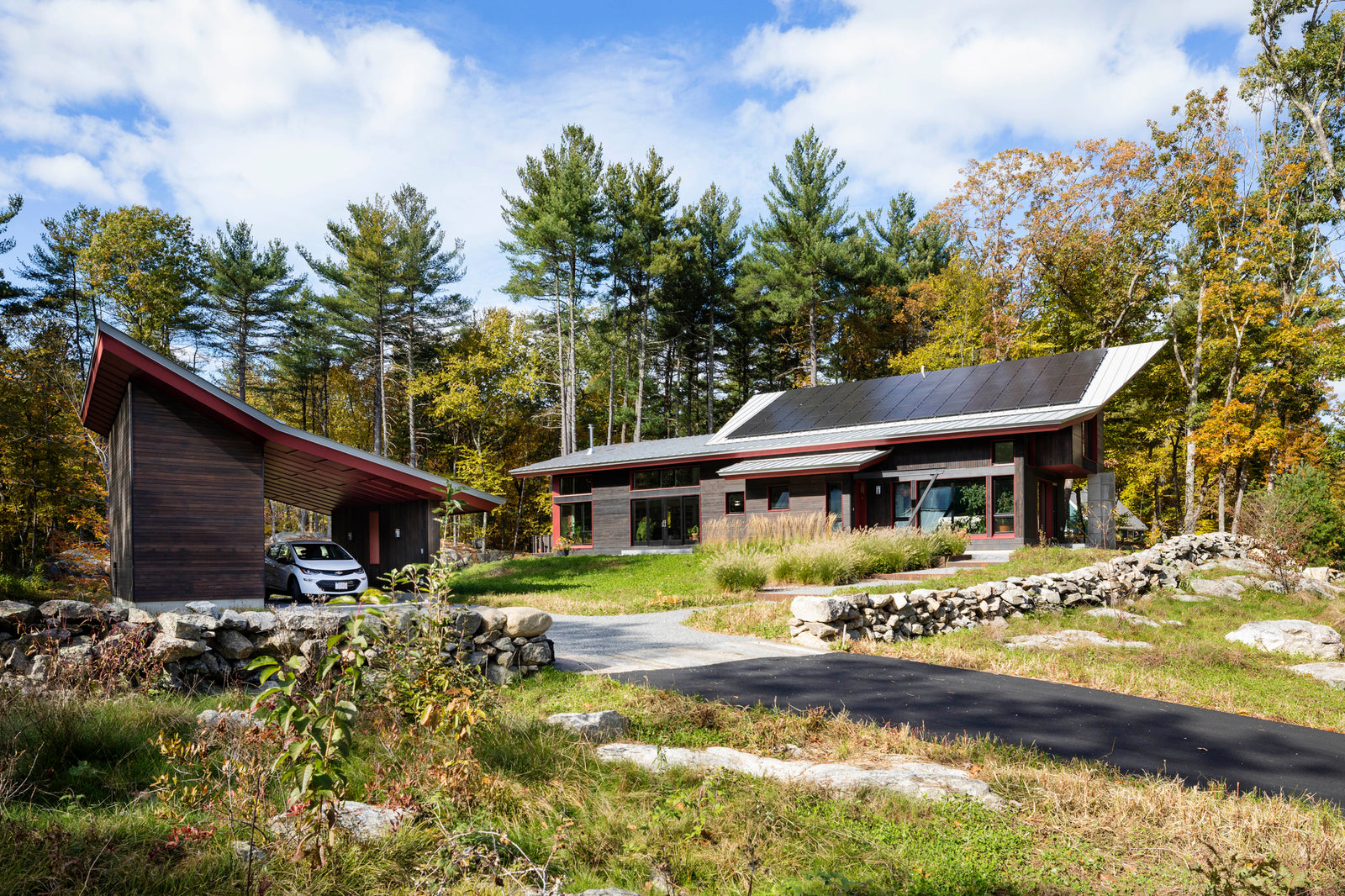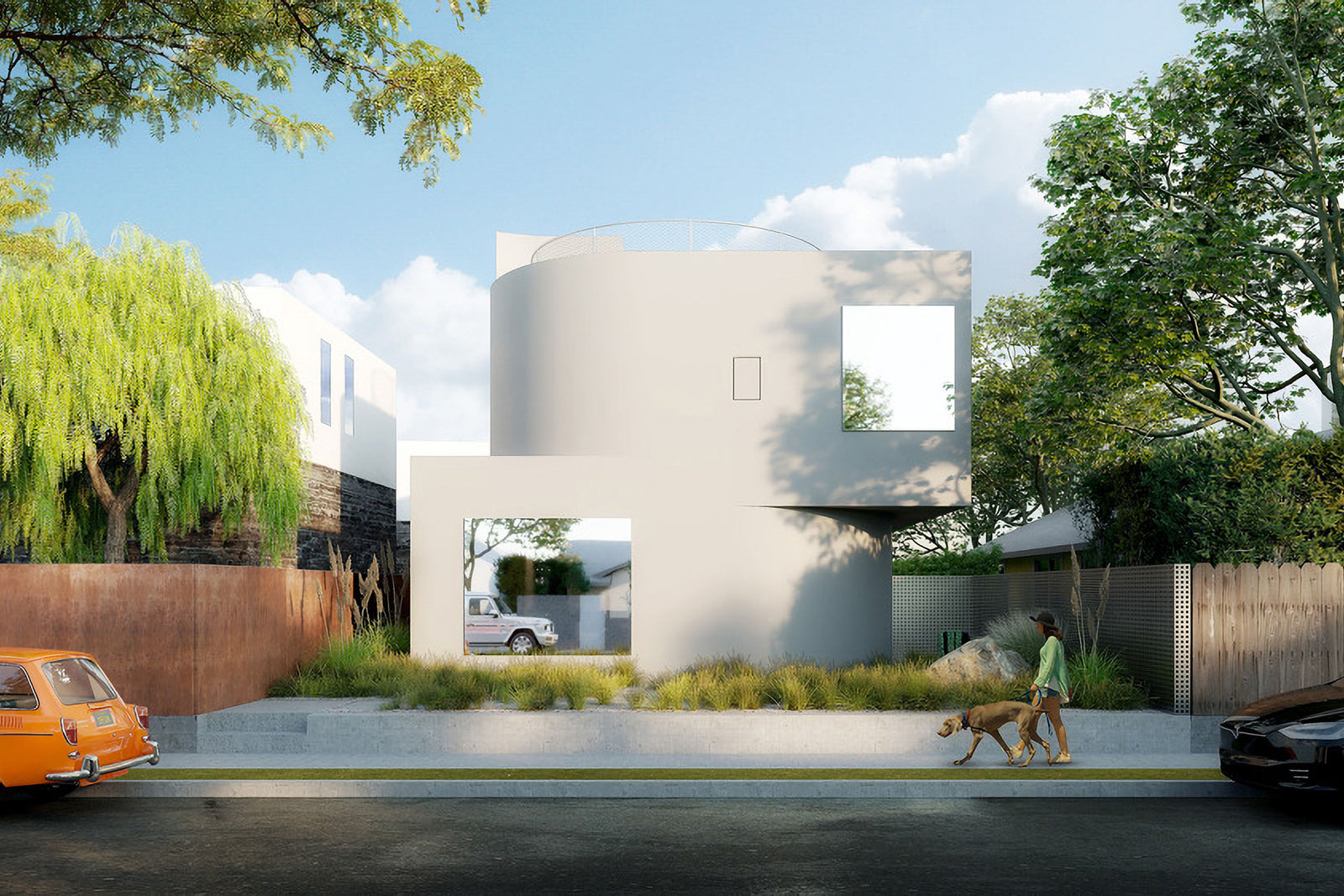Your Cart is Empty
- Decor
- Kitchen
- Tabletop & Bar
- Lifestyle
- Inspiration

The award-winning Canyon House of Juliaetta, designed by Washington-based architect Paul Hirzel, not only overlooks wonderful views of the river and mountain range, but also encompasses a beautiful 46 acres of property.

The 2196 ft² Canyon House. Ken Campbell, a professor of veterinary physiology at Washington State University, and his wife, attorney Jean Campbell, desired a year-round retreat "to foster the spiritual qualities in the triad of human, fish, and river." A spot for them to write, sleep, speak, eat, read, fish, cleanse, grow, and explore... away from their work in Pullman, Washington - 50 miles away. They also desired a wilderness area for their grandkids to visit.


The retreat program is divided into two buildings: "the bunkhouse," which is nestled in a ravine alongside a seasonal stream, and "the studio house," which is perched on a finger ridge where a slope of bunch grass and Idaho fescue meets a Ponderosa Pine forest about 300 feet above the Clearwater River. The software was split up to promote walking across the site and to generate a variety of destinations...


The final destination is a wonderfully formed basalt hill that offers a spectacular view of the canyon. Owners opposed putting the home there since it felt more fitting to keep it as a "outside space." The site of the studio house was chosen based on where you could see the most fish. "to designate the holding point of steelhead for 200 yards in the fishy looking stretch along the river's south bank," the owner said.


The studio house takes the shape of a modest rectangular box put inside a moment-resisting timber frame. The frame and box follow the slope of the ridge, and a bridge extension offers access to the route that goes to the bunkhouse. The west side of the frame has a brise-soleil that allows for window washing as well as support for detachable perforated sliding panels for shade and wind protection.


Decks and a screened porch with an outdoor shower are supported by the frame on the east side. As summer temperatures in the canyon sometimes exceed 100 degrees Fahrenheit, movable windows strategically positioned on all four sides of the studio home allow for updraft air.


The amount of glass rises as the structure descends down the hill toward the river, creating the impression that it is "taking off" from the ridge. The "lines" of the studio home contrast with the site's 30% slope, which is mirrored by the steep roof inclination, and the orthogonal frame of strong verticals and horizontals (a distant derivative of some of the mining structures in the canyon).


Whereas the studio house is about exposure/transparency (windstorms may reach 70 mph in the canyon), the bunkhouse is a place to take sanctuary. Its east and west sides feature modest windows that frame views of microenvironments - a rock fall, a Hawthorne thicket, etc... It is tucked into the folds of a ravine some 300 yards away from the studio home.


The south wall is completely glass and leads to a walled terrace constructed into the hillside, complete with a stairway leading up the ravine and out of the canyon. The north wall features an angled "earth-sky window" from which to see the flying bird life and the river below.


















Photographs by Art Grice.



The Radius House is the young firm's first residential project, which was finished in the early weeks of 2022.